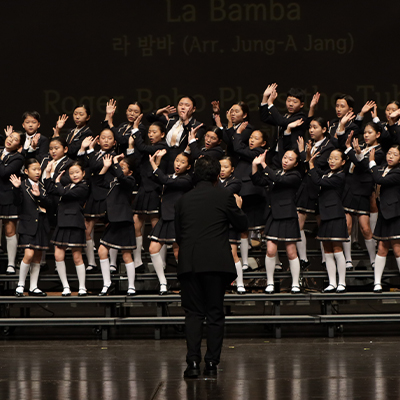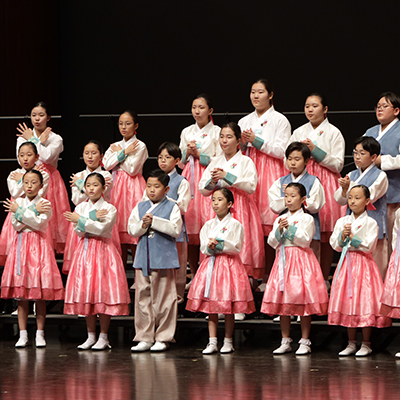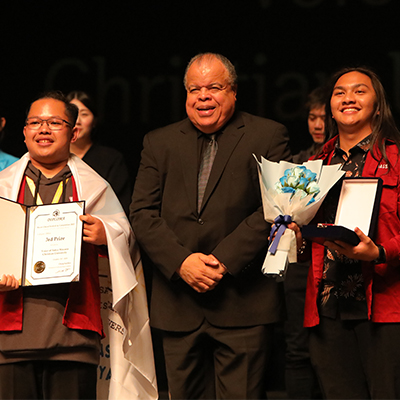Since 2004
BCFC
Here is an explanation of the Busan International Cooperation System.
BCFC sings harmony and peace by uniting culture with music.
Respect each other for diversity and share emotions and stories through chorus.
BUSAN CHORAL
FESTIVAL & COMPETITION
in BEXCO BUSAN CULTURAL CENTER BUSAN CINEMA CENTER
2025 Oct. 30 - Nov. 02
Join the culture and festivals that are created by music.
FESTIVAL
ACCOMMODATION
BCFC provides a hotel reservation service
for those visiting Korea.
-

FELIX by STX
Type A / Type B
620 Haeun-daero Haeundae-gu, Busan, South Korea 48094
BCFCInstargram
Event Library
SPONSOR
BCFC is organized and hosted by
Busan Metropolitan City and KCI.
In addition, it is operated under the sponsorship
of various companies.
-
Host

-
Organize

-
Sponsor











































































